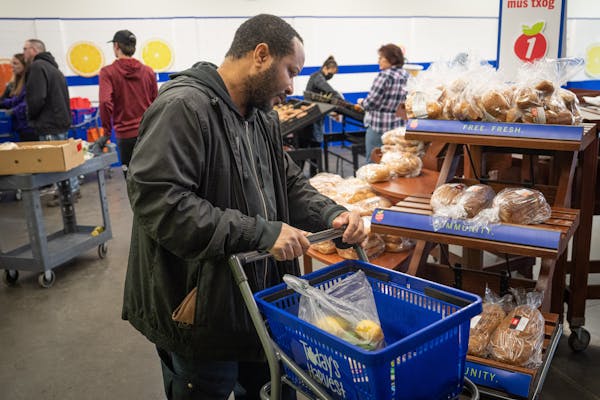Consumers can likely expect another interest rate hike this year as the Federal Reserve continues its efforts to tame inflation, but an end is in sight.
The Fed's 2% inflation target — the agreed-upon level to achieve both maximum employment and price stability — is "definitely" attainable, Minneapolis Fed President Neel Kashkari said during a question-and-answer session Monday evening at the University of Pennsylvania's Wharton School of Business.
"I've not seen anything that suggests that we should change the inflation target, or that we can't get back to 2% inflation," he said. "We can get back to 2% inflation because everybody on the Federal Open Market Committee [FOMC] is committed to getting back to the goal that we set."
Kashkari is a voting member this year of the FOMC, which sets interest rates. The committee last raised rates by 0.25% in July — to between 5.25% and 5.5% — and could sign off on another quarter-percent bump this year.
That last rate hike is likely to "finish the job," Kashkari said in an essay published Tuesday, in which he wrote the odds are in favor of an economic "soft landing." In other words, avoiding a recession.
Rates are currently at their highest in 22 years. But they have yet to spur the economic slowdown Kashkari said he anticipated, given how quickly they rose.
"I would've thought that that would've slammed the brakes on the economy, that consumers would be pulling back, that the labor market would be weakening with that aggressive tightening cycle," he told the crowd at Wharton. Instead, he said, the labor market, consumer spending and gross domestic product (GDP) growth have stayed strong.
Even after another rate hike, it's possible the consumer spending spree will continue, and inflation will land somewhere around 3%, Kashkari wrote in his essay. In that case, the FOMC would have to keep raising rates, "potentially going significantly higher to push inflation back down to our target."
For now, though, policymakers are taking a wait-and-see approach, Kashkari said at Wharton.
"Basically, we're going to take our time, see what happens to inflation, before determining how high we need to go," he said.
